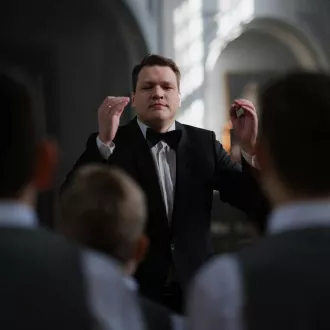Transcription Types of coaching
Coaching is applied in virtually every industry. It is an important trend today. A profession that is constantly growing and expanding its field of action.
Coaching can be applied individually, in groups or in teams, and can be classified in different ways:
- According to the model or current: humanistic, practical or ontological.
- According to the method: neurolinguistic programming (NLP), emotional intelligence, systemic, cognitive behavioral, ontological, coercive.
- Depending on the area: personal or life, sports, educational, organizational or business, among others.
Currents of coaching
There are several currents of thought, theoretical models, styles or schools (as you want to say) that set the tone of the methodology followed by the coach and the coachee in their sessions. It has to do with the vision they have of the human being and how they believe they can obtain the best results, that is, the philosophy they want to follow. The three fundamental or best known currents are:
- Humanistic Coaching (Europe): it is a non-directive style, it accompanies rather than guides. It trusts in the potential of the person and his capacity to make decisions that improve his life. It is centered on the human being and the set of values, beliefs and norms that make him/her up. The methodology applied with this style assists the person without assuming his/her responsibility, allowing him/her to develop and learn.
- Practical American Coaching (USA): this is the most directive approach, as its name indicates, it has a more pragmatic vision of human nature. It emphasizes results, self-esteem and the person's motivations. It prioritizes practice and promotes action by testing the person's capabilities.
- Ontological Coaching (South America): it is less directive than the previous one, it does not focus only on reaching goals but on achieving a deep change in the person. The ontology of language is fundamental because it uses conversations, body language and the person's own concepts to encourage reflection and understanding, and to intervene positively so that they change their perspective, expand their possibilities and take different actions.
The coaching process can therefore be more directive or less directive depending on the school in which the coach is trained or feels more affinity. Regardless of the fact that in each methodology different techniques and tools can be applied depending on the methods used, and above all taking into account the client's personality and needs.
Coaching methods
According to the methods the type of coaching can be:
- Coaching of neuro-linguistic programming (NLP): works on changing behaviors from the interpretation and the relationship that the person has with reality, focusing on language. It uses a set of techniques that modify the way of thinking of the person taking into account how they process the information received by the senses, their perception and how it is expressed.
- Emotional intelligence coaching: works on the identification and self-regulation of emotions to achieve well-being and self-realization. Understanding emotions allows us to interpret situations, to know why we make certain decisions and helps us to understand the behavior of others. It is very useful to improve interpersonal relationships.
- Systemic Coaching: it is results-oriented, it relates the person to his environment, as an element within his circle of action (interrelated systems) and not as an isolated entity. It analyzes the impact of the actions performed by the person, the cause/effect and at the same time how external changes influence his/her behavior.
- Ontological Coaching: takes as a starting point the observation of the person's body and verbal language, emotions and linguistic processes. It uses conversations, powerful questions and different communication tools to expand concepts and discover possibilities. Emphasis is placed on optimizing language by modifying the way the person expresses him/herself and therefore his/her behavior.
- Cognitive behavioral coaching: analyzes how information is processed. The way in which thoughts influence our decisions and behaviors, and how we react to what happens to us. It works to change behavior through a change of thinking and attitude in the face of obstacles. Its purpose is to train the person's cognitive abilities related to memory, learning and thinking in order to modify their behavior and approach to situations.
- Coercive Coaching: uses aggressive techniques with a high emotional impact and extreme overcoming experiences that take the person to the limit to achieve a deep transformation. It is very controversial, highly manipulative and is not legally regulated.
types coaching




